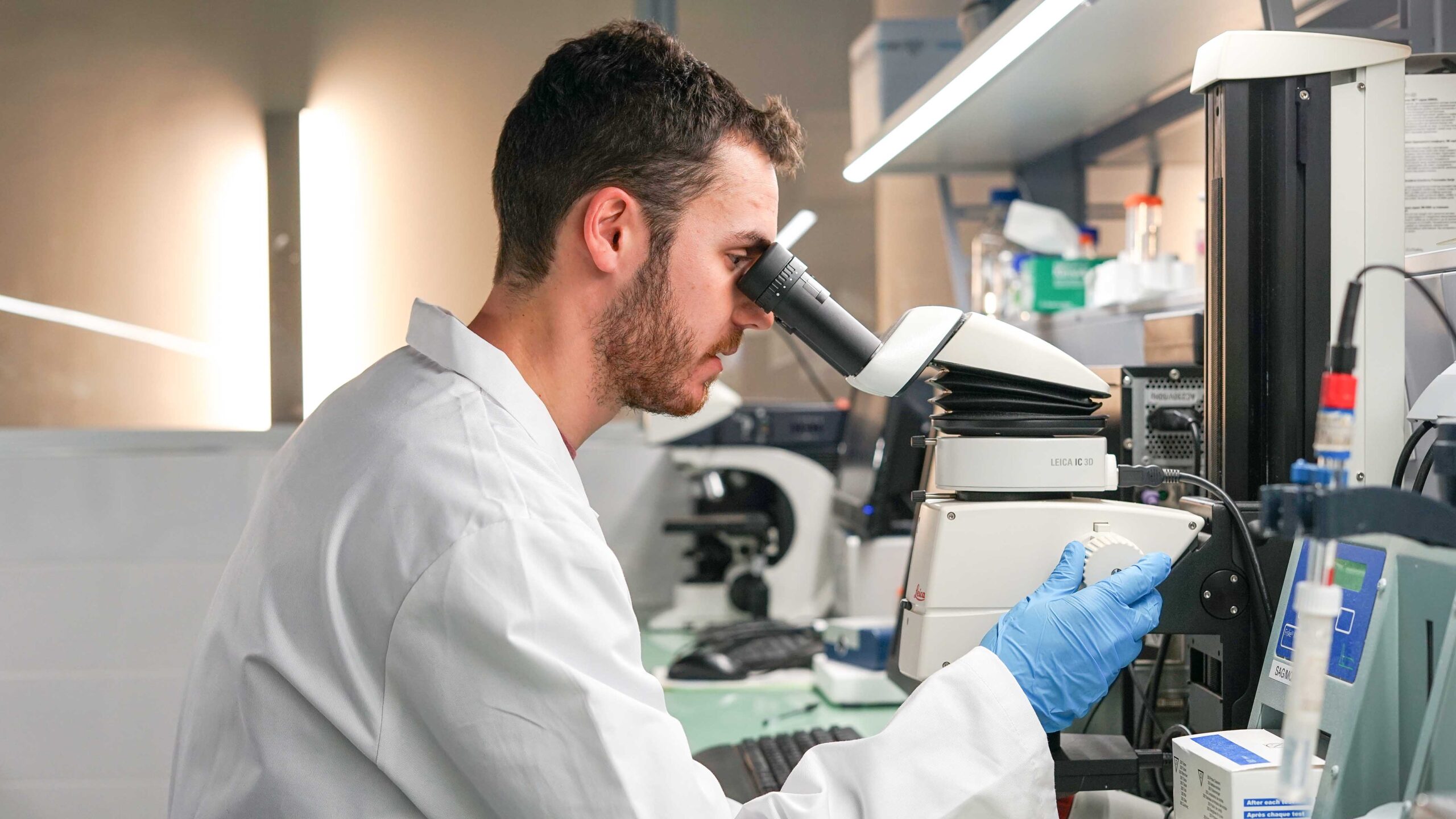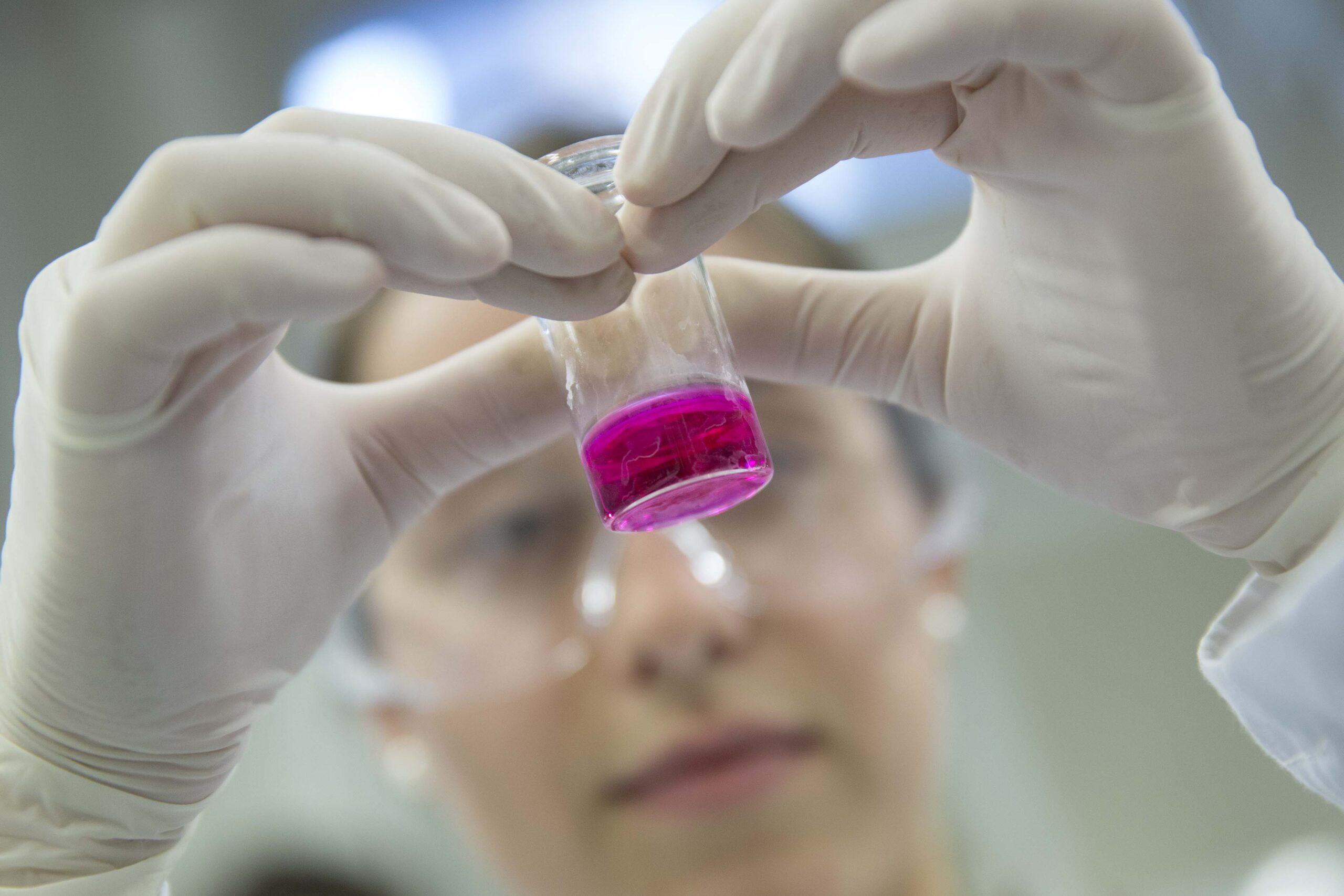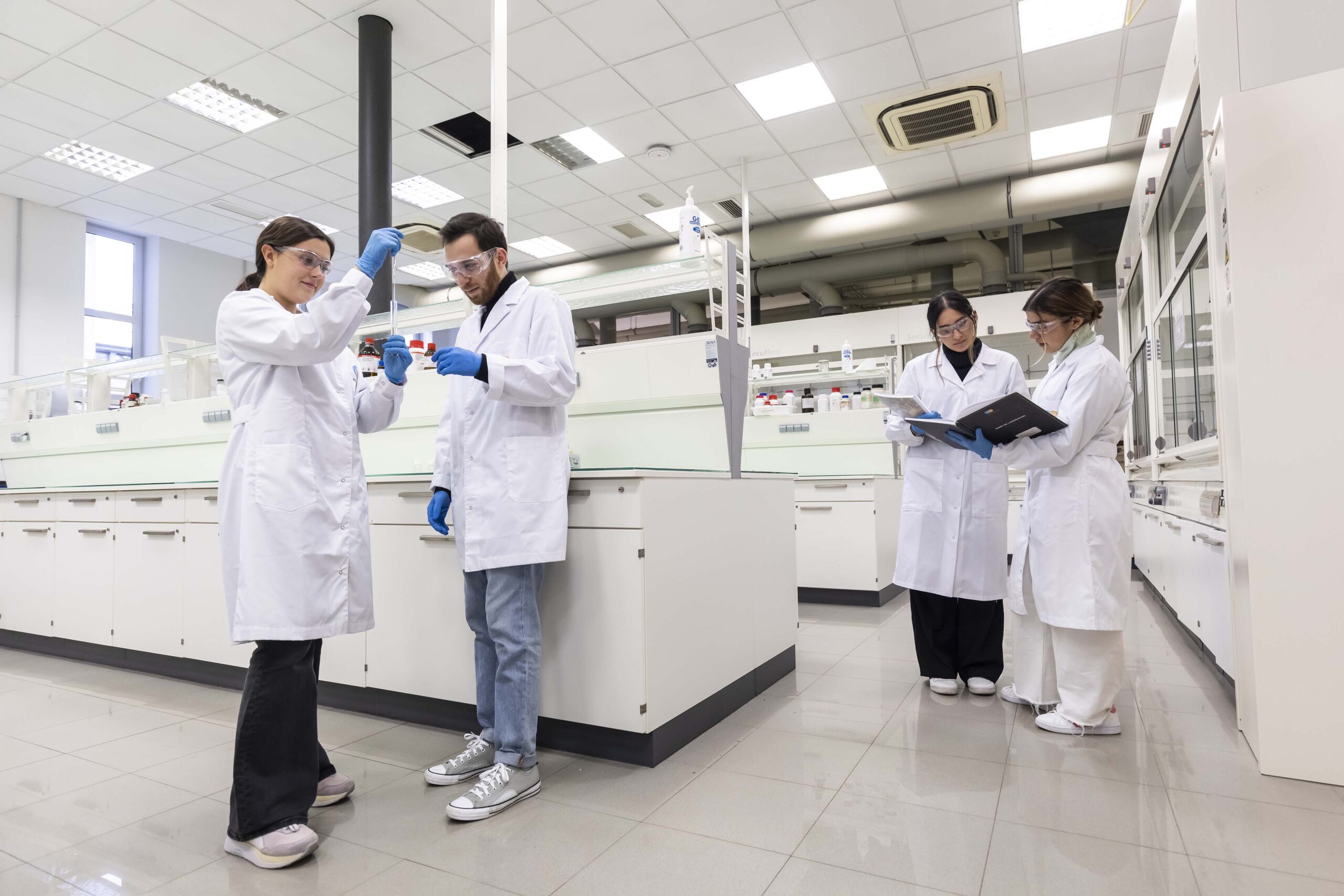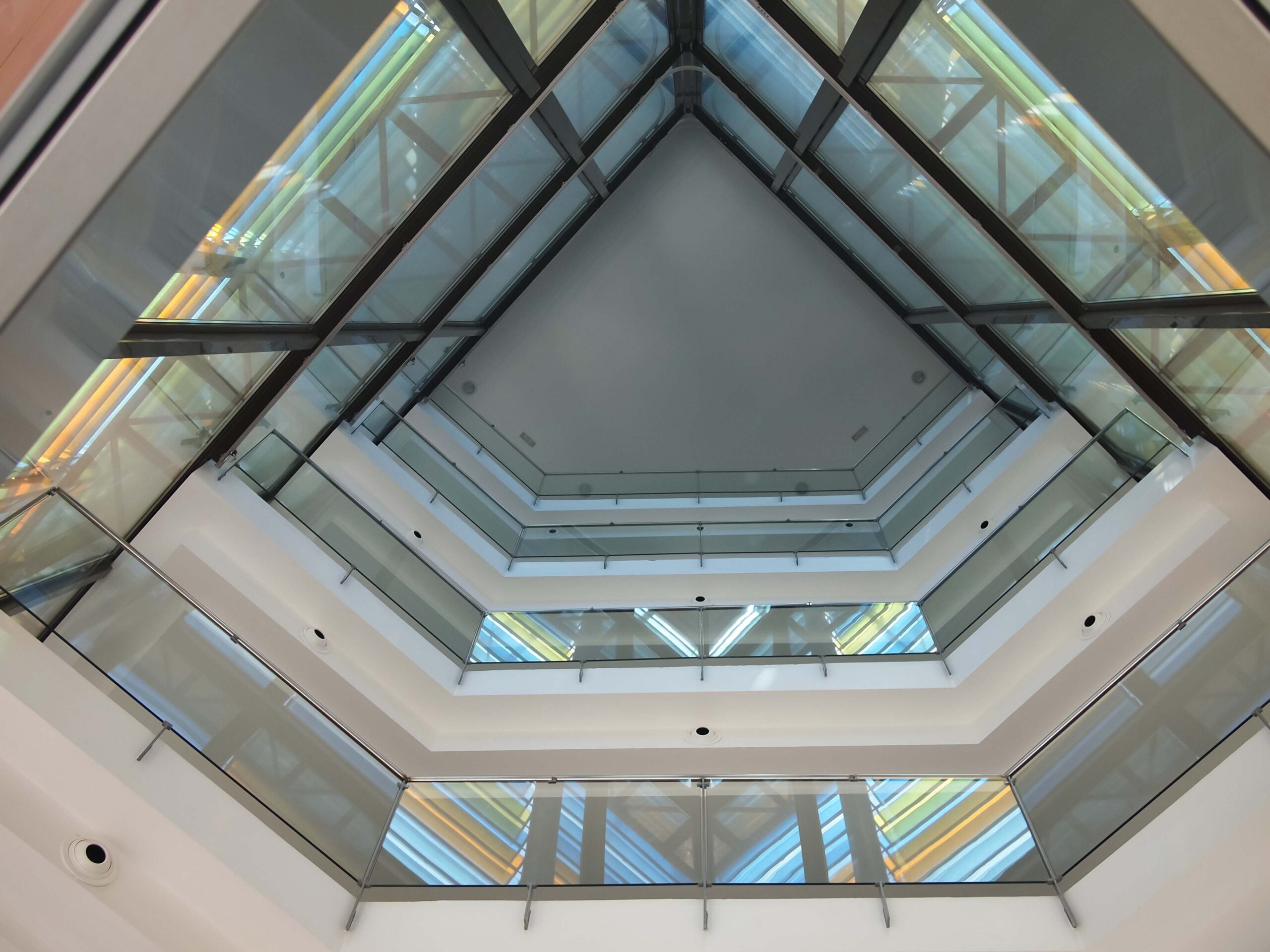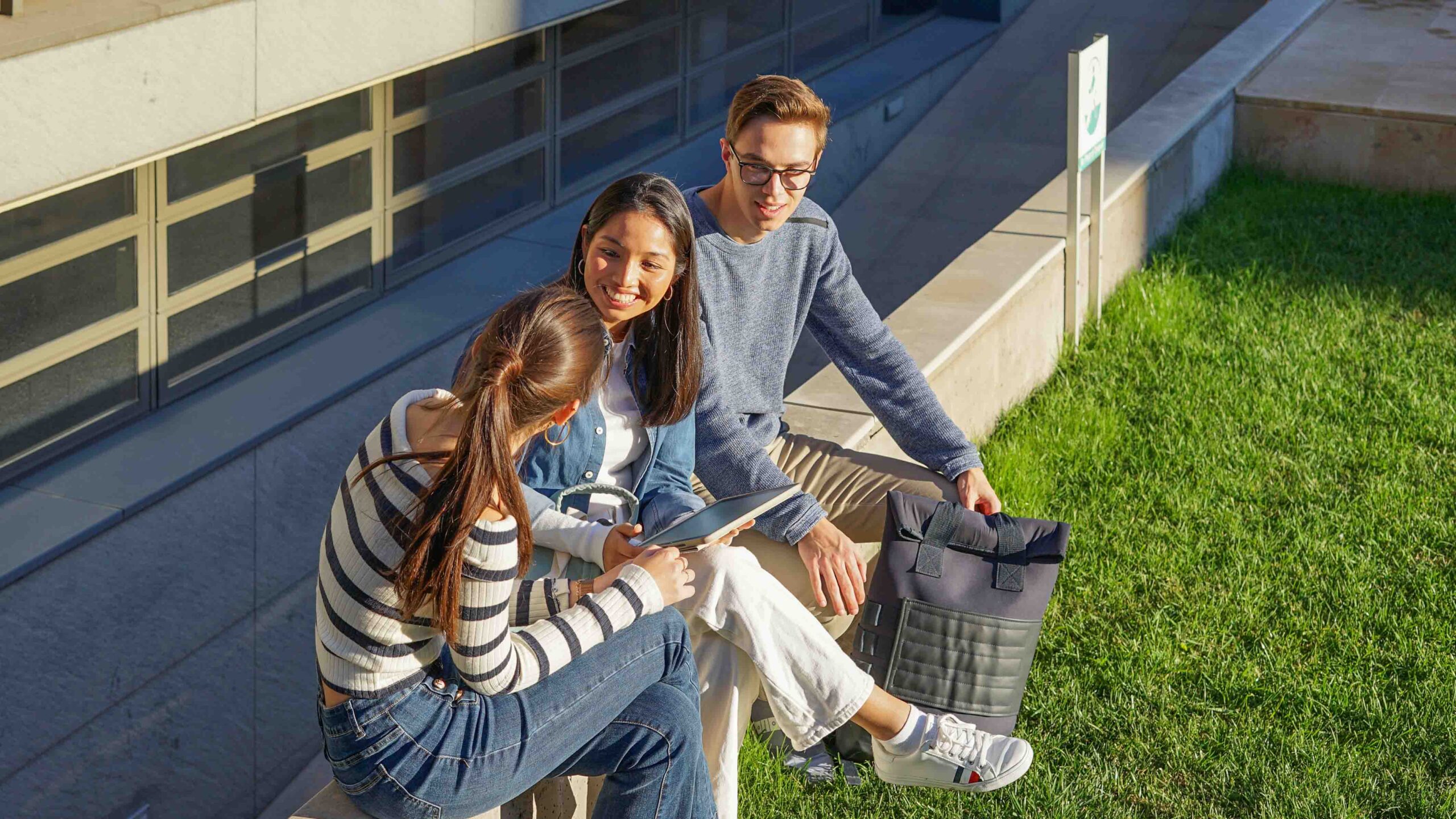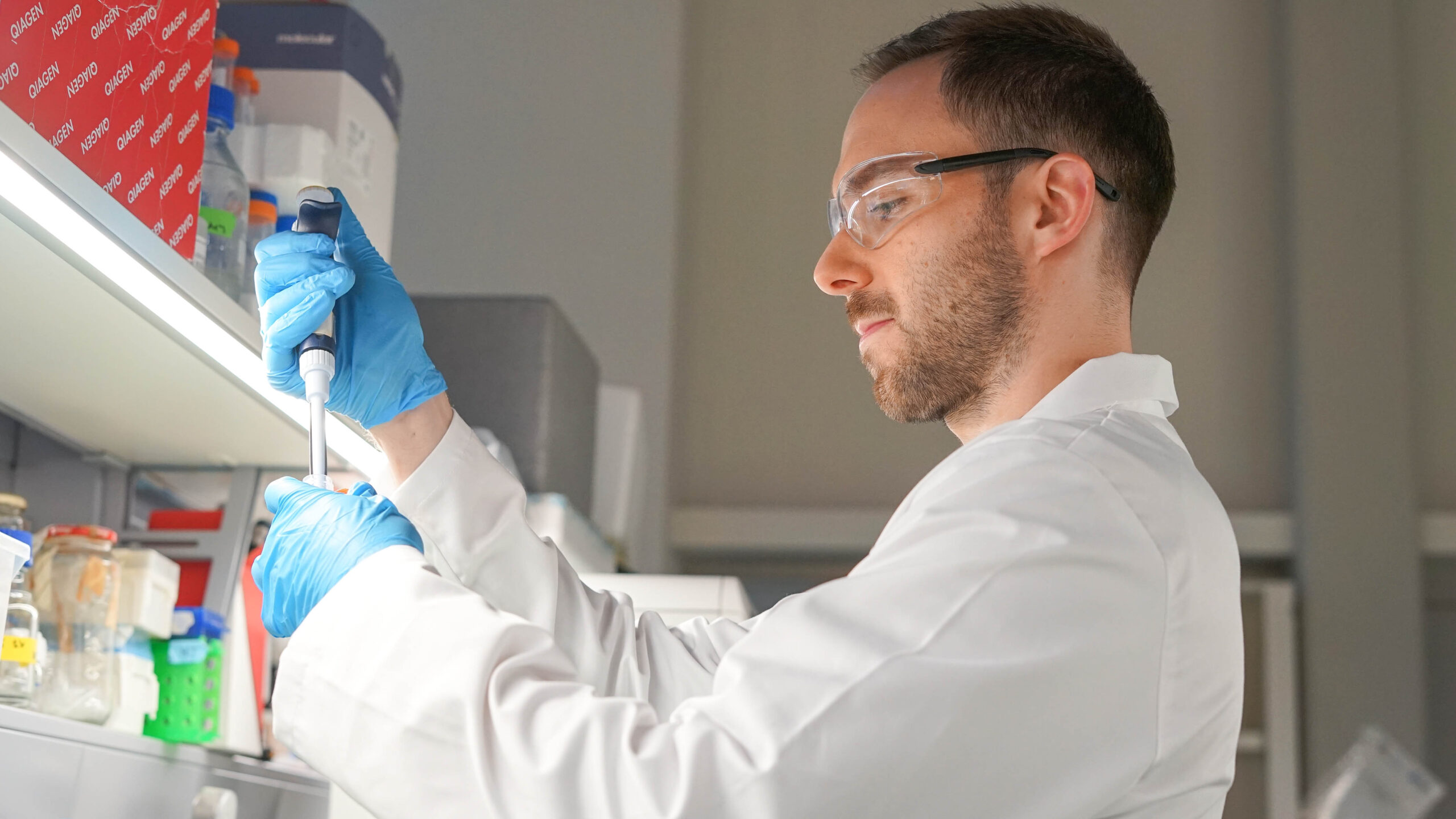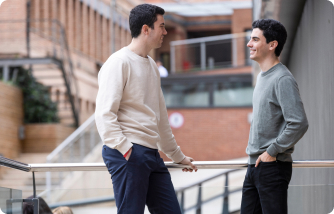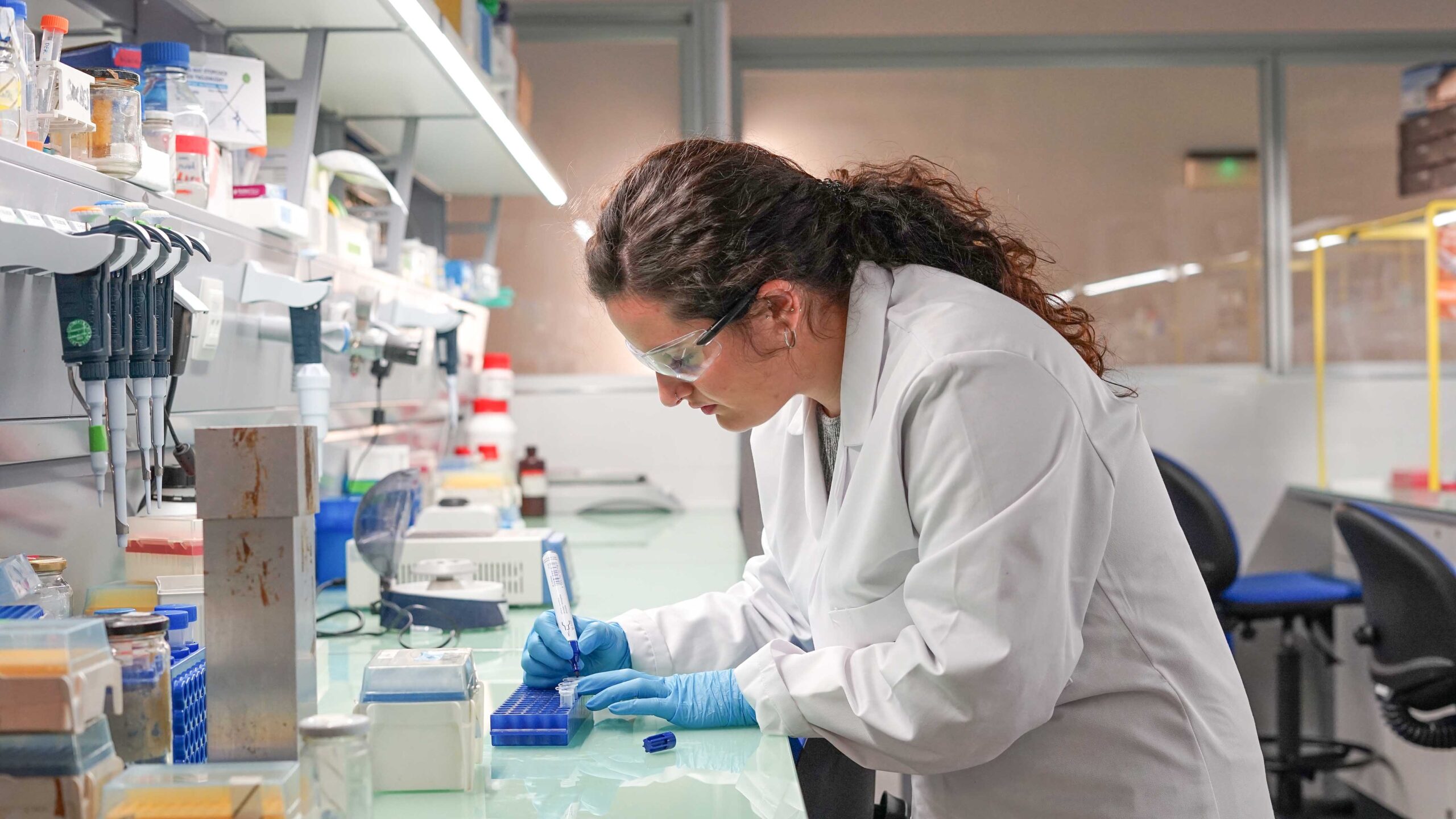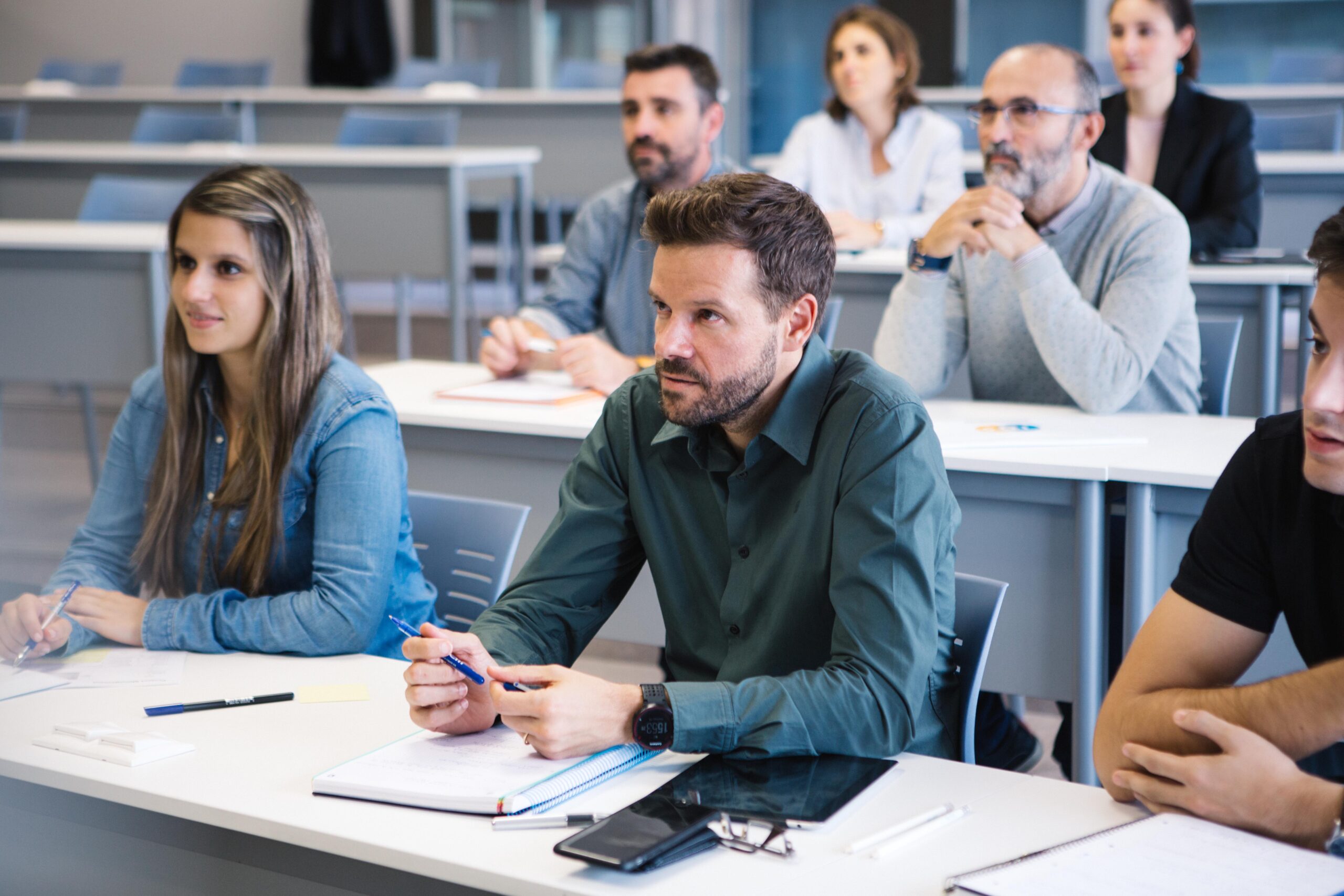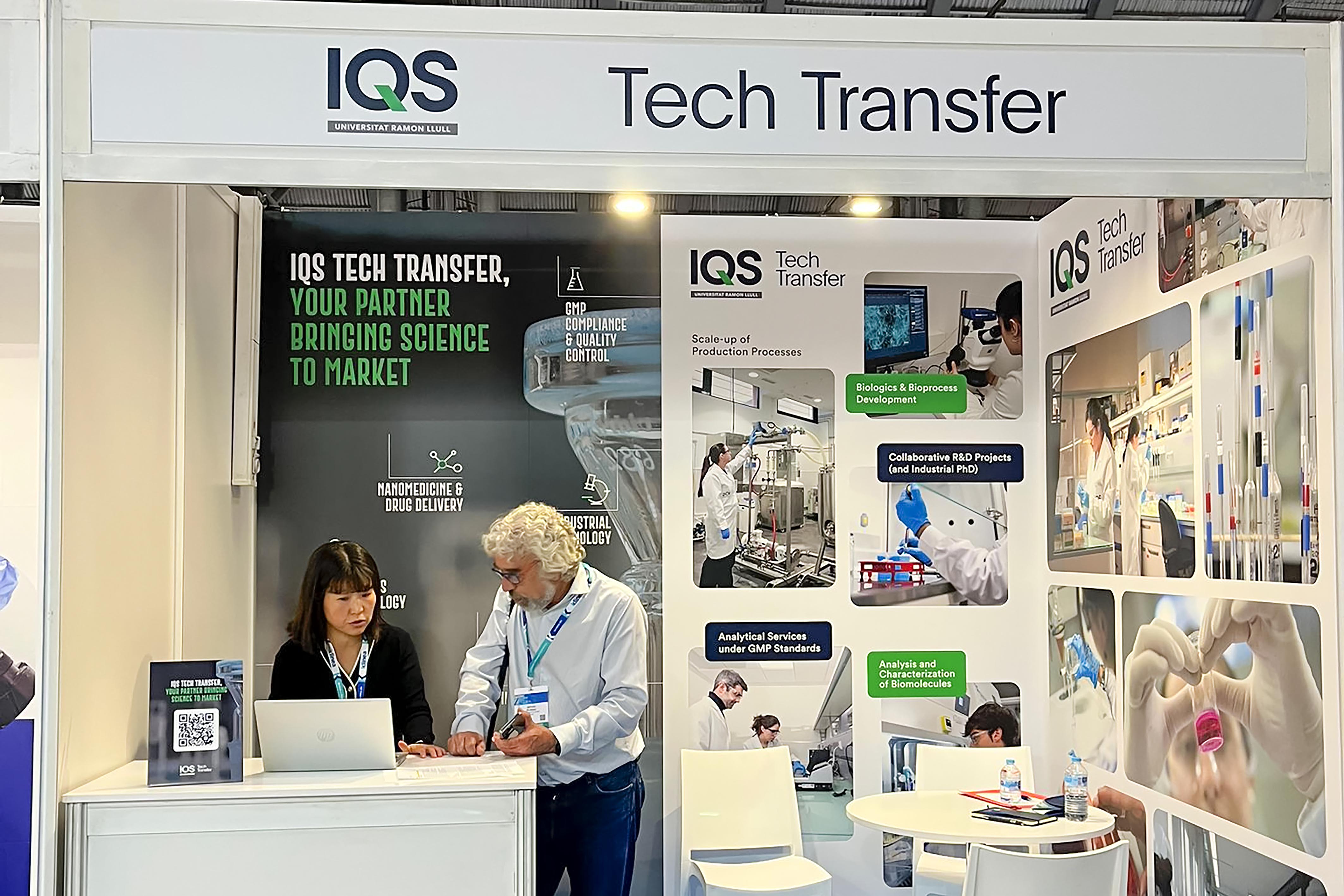A trade fair is a recurring event in which companies and entities with the same industrial activity showcase their products or services to a professional audience. These gatherings generate a large number of new professional contacts in a short period of time. These events are ideal for public relations and promoting new products and services.
For visitors, it is also an essential meeting point to get to know different manufacturers in a small space, concentrating efforts on the time that the fair in question lasts. In just a few days, visitors cain gain a clear idea of the state of the art of the sector in question, establish contact with various suppliers, compare the various offers that each manufacturer proposes, and launch the corresponding commercial relationships.
With the development of the economy and the globalization of markets, the number of fairs has not only been growing, but has also been evolving. The large showcase spaces of exhibiting companies have been replaced by meeting and conference spaces.
Currently, one could say that there is a wide range of events of this type around the world and in cities that are especially active in fair tourism. BIOSPAIN is one such example. Organised by AseBio for the first time in 2003, it has become one of the main biotechnology events held in Spain and boasts an international impact. The last edition took place in Barcelona, between 7 and 9 October, with the collaboration of Biocat, among other institutions.
The figures provided by AseBio on BIOSPAIN 2025 highlight more than 2,400 attendees representing 1,065 entities from 34 countries, 140 investors from 76 national and international entities, and 2,650 exhibitors. With the evolution of this type of event over time, and with the support of current technological tools, “partnering” meetings or brief meetings between exhibitors and visitors, or simply between registered attendees who want the opportunity for an initial professional contact, are common. The organizers noted that a total of 4,500 meetings took place during the three days of the fair.
Also at this year’s edition, IQS wanted to be present to promote its knowledge and technology transfer activity in the field of biotechnology, both from a general perspective and with the biotechnology and bioengineering applications that are carried out at IQS in multiple sectors, such as food, health, the circular economy, and the environment.
Regarding previous editions, we were pleasantly surprised by the high number of meetings we held with attendees as well as with other exhibiting companies. Although one sometimes has the feeling of addressing companies and entities that want to “sell,” the reality of this edition has been very diverse. We addressed clients interested in our services, but we also met other people and companies with whom we connected professionally on various perspectives. We were able to talk with suppliers of scientific equipment and pilot plants to get back to pending issues. We met companies that offer services to third parties with which we identified possible synergies. We met new startups with very interesting projects, with which company-university partnership agreements can be established. We scheduled meetings with other entities to join in new joint projects. We invited people from investment entities to come to IQS to learn about our entrepreneurial initiatives. We established agreements with government professionals to come to IQS to make presentations about new calls for grants.
Above all, we enjoyed chatting with all the people who came to our stand to say hello. Because, deep down, fairs are not only spaces for commercial relations, but they are an excellent meeting point for public relations and contact with people with whom we share a space in the same ecosystem.
Dr Núria Vallmitjana
Director of IQS Tech Transfer
